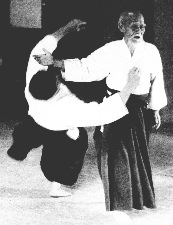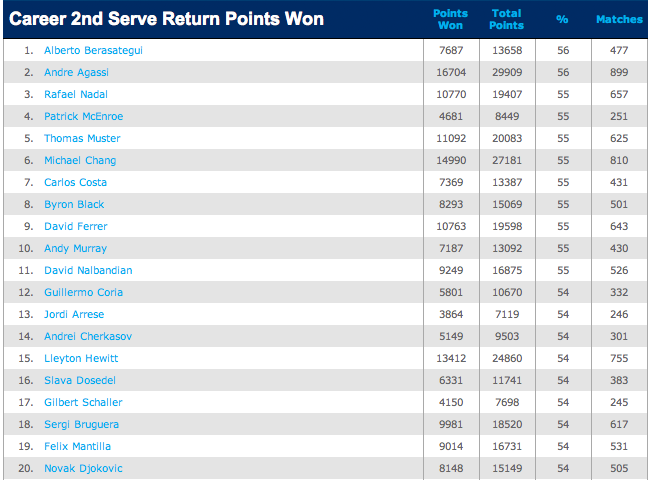Where Coaches and Parents Get It Wrong
 Sunday, August 11, 2013 at 01:11PM
Sunday, August 11, 2013 at 01:11PM  CAtennis
CAtennis  Have you ever wondered what makes a good player great? If so, you are following in the footsteps of numerous people who have sought to bottle the answer and sell it to the masses via clever articles or neatly packaged tennis lessons. Often times, the answer is a combination of "talent" and "practice." While not entirely wrong, the concepts are not mutually exclusive. Research shows that talent supports practice and practice nurtures talent.
Have you ever wondered what makes a good player great? If so, you are following in the footsteps of numerous people who have sought to bottle the answer and sell it to the masses via clever articles or neatly packaged tennis lessons. Often times, the answer is a combination of "talent" and "practice." While not entirely wrong, the concepts are not mutually exclusive. Research shows that talent supports practice and practice nurtures talent.
Take for example the occlusion studies initiated by Janet Starkes, a former Canadian women's basketball team member. She wanted to know why elite athletes - despite possessing similar objective reaction times as "regular" people - possessed a much better skill-set in specific environments (e.g., hitting a baseball or returning a serve). As a result, Ms. Starkes devised an "occlusion" test. As part of the test, she collected hundreds of photographs of women volleyball players in action. She then made slides of these photographs where, in some instances, the ball was still in frame and others where the ball was out of the frame (being already struck). "In many photos, the orientation and movement of players' bodies were nearly identical regardless of whether the ball was in the frame, since little had changed in the instant after the ball exited the picture. Starkes then connected a scope to a slide projector and asked elite and novice volleyball players to look at the slides for a fraction of a second apiece and decide whether the ball was or was not in the frame. The glance was too quick for the viewers actually to see the ball, so the idea was to determine whether some of the athletes were seeing the entire court and the body language of players in a way that allowed them to figure out whether the ball was present. The results of the first occlusion tests astounded Starkes. Unlike in reaction-time tests, the difference between top volleyball players and novices was enormous. For the elite players, a fraction-of-a-second glance was all they needed to determine whether the ball was present. And the better the player, the more quickly she could extract pertinent information from each slide."
How does the foregoing relate to tennis? The occlusion test can explain why players like Djokovic, Federer or Nadal are more successful in returning high-level serves (or groundstrokes) than average country club players. Because in many instances the ball travels at speeds that exceed the brain's ability to compute the information gathered from the eyes, the best players in the world pick up cues from other sources - such as body language. In effect, the best tennis players (or baseball sluggers) don't see the ball that much better than the rest of the people - so "keeping your eye on the ball" advice is largely meaningless in the context of a 145mph serve - but they do see other things (e.g. toss, preparation, hips, foot positioning, etc.). Some of these concepts can certainly be taught but in order for them to be mastered, the player must learn how to read body language through hours and hours of first-hand observation. So when parents or coaches say "oh, an hour a day of high quality tennis is enough", that message is only partially right. The player may be able to learn decent strokes in one hour - focusing on the artistry of his/her own movement - but it might not be enough to develop the observation skills necessary to pick up on the subtle body cues of the opponent. As a result, it is important for the player to not only perform drills where the ball is fed by the coach (be it by hand or racket) but to also play a lot of "live ball" tennis - rallying and points.




